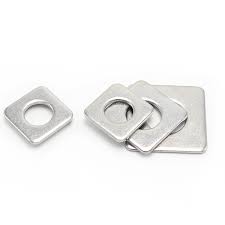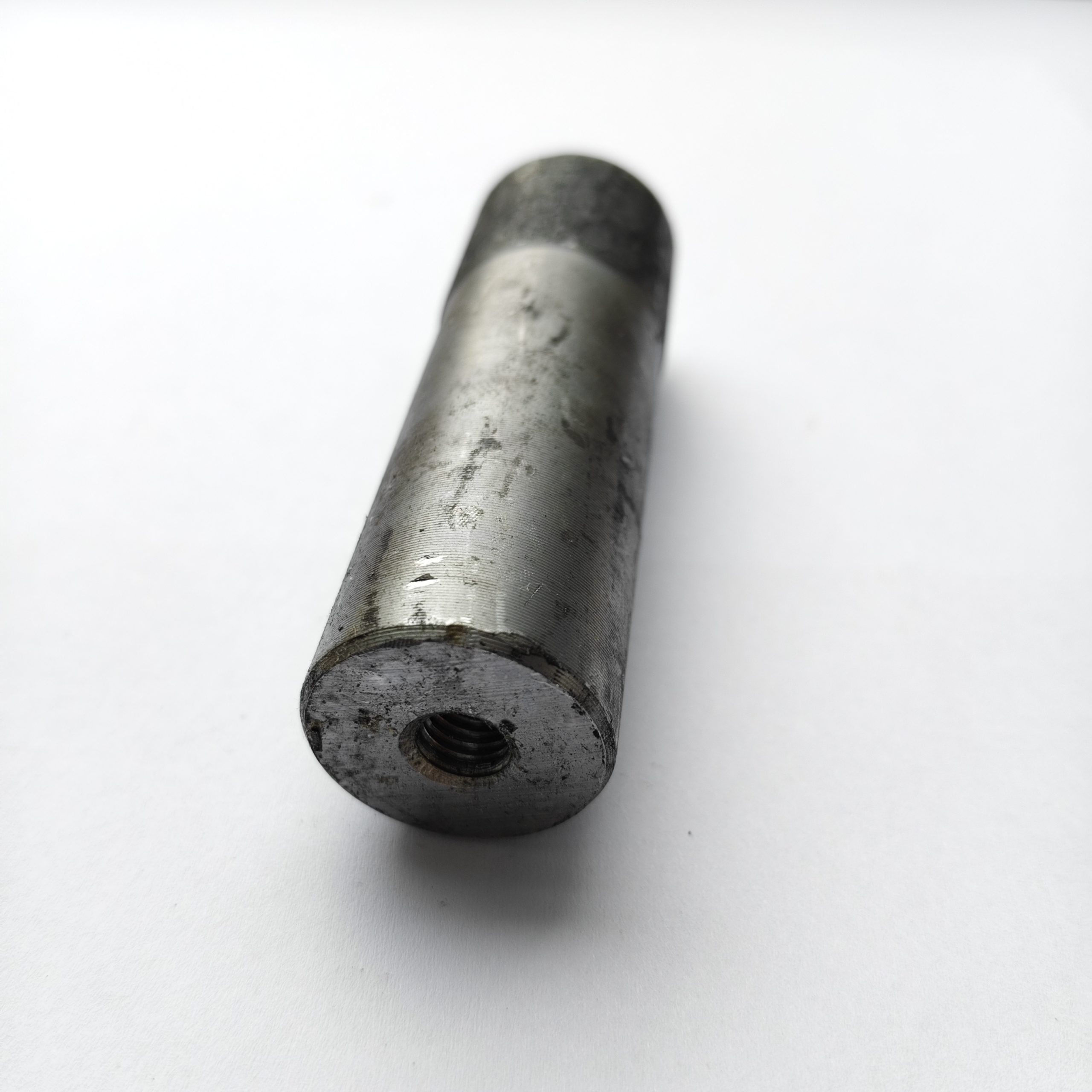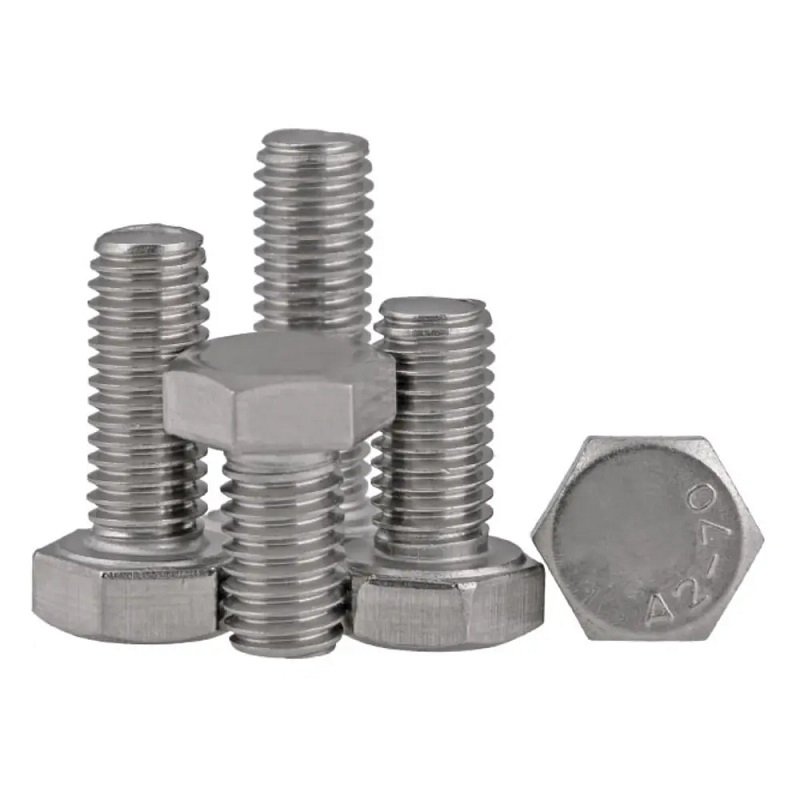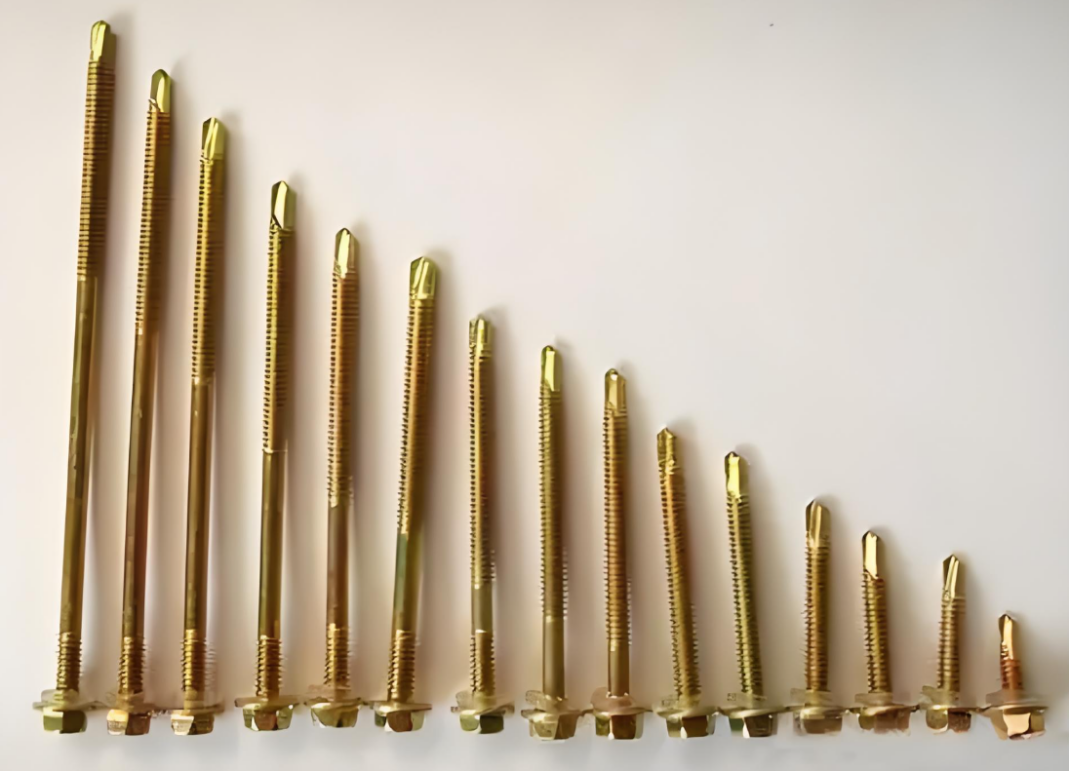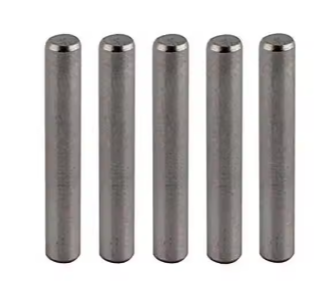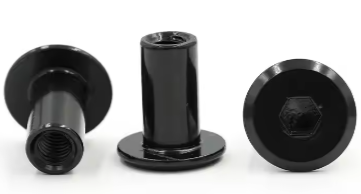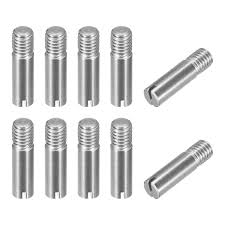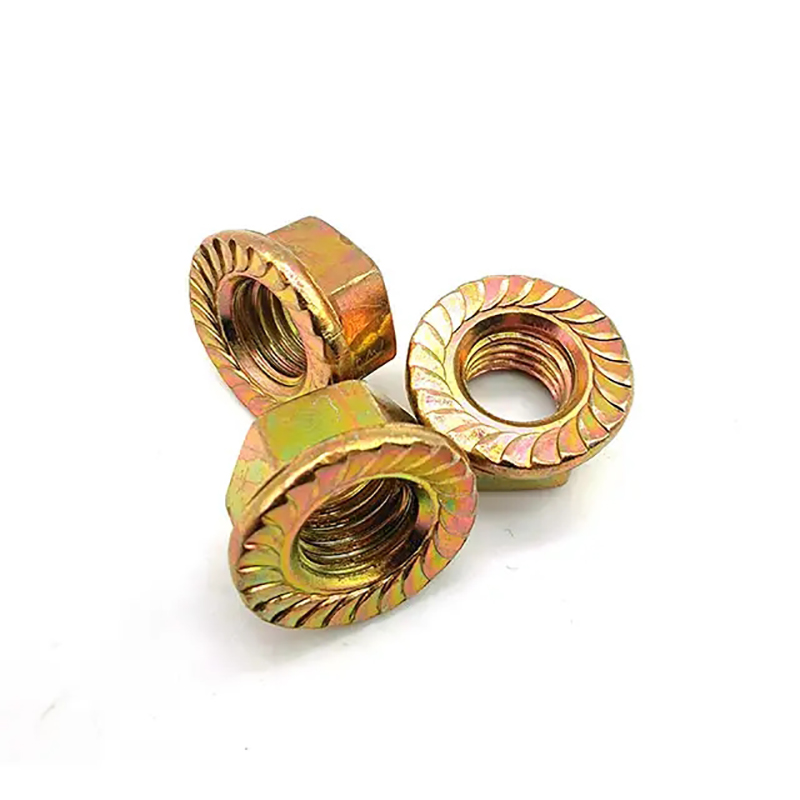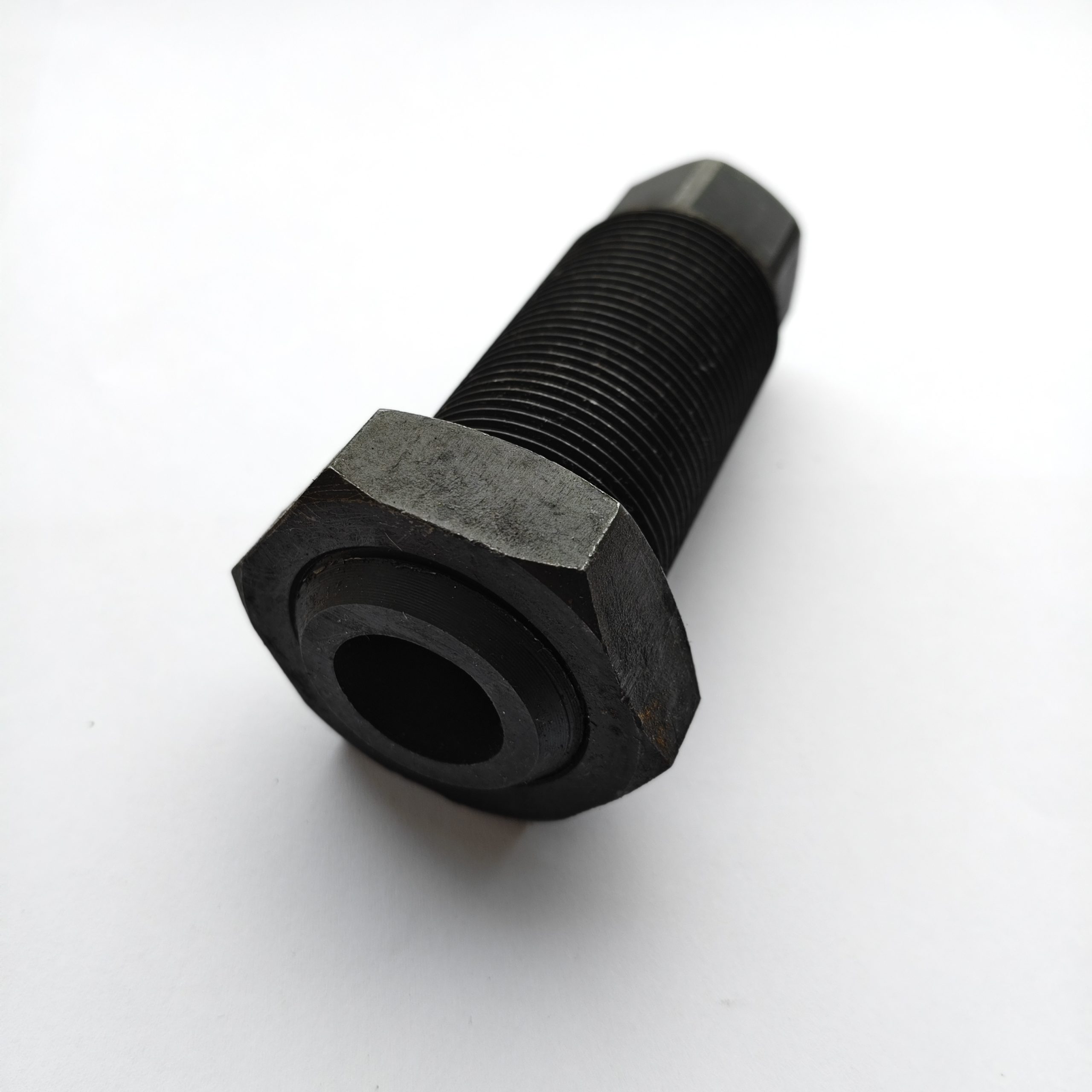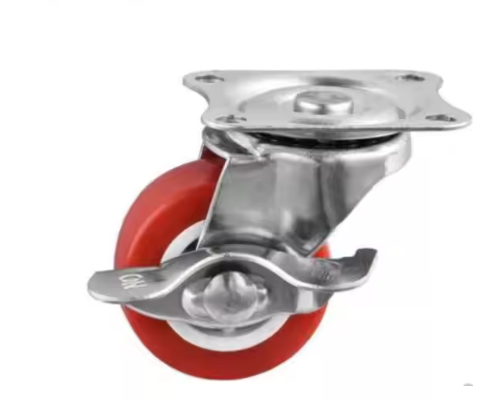

Find comprehensive information on flange bolts and nuts, including types, applications, specifications, and selection guidance. Learn about the manufacturing process and choose a reliable supplier for your projects. This guide provides insights to help you make informed decisions for your flange bolts and nuts needs.
Flange bolts and nuts are essential fasteners used in numerous applications across various industries. They are characterized by a flange, or enlarged head, that provides a larger bearing surface, enhancing clamping force and distribution of pressure. This design offers several advantages over standard bolts, including increased stability and resistance to loosening under vibration or stress. The flange itself acts as a washer, eliminating the need for a separate component in many cases, simplifying assembly and reducing costs.
Several variations exist within the category of flange bolts and nuts, each designed to meet specific application requirements. These include:
The nuts accompanying these bolts often match the head shape and size for optimal compatibility.
Selecting the appropriate flange bolts and nuts requires careful consideration of several factors:
The manufacturing process for flange bolts and nuts typically involves several key stages:
Selecting a trustworthy supplier is critical for securing high-quality flange bolts and nuts. Look for a manufacturer with proven experience, a commitment to quality control, and a reputation for reliable delivery. Consider factors such as certifications, production capacity, and customer service responsiveness when making your choice. For superior quality and a wide selection of flange bolts and nuts, consider Hebei Dewell Metal Products Co., LTD, a leading manufacturer in the industry.
| Material | Strength | Corrosion Resistance | Cost |
|---|---|---|---|
| Carbon Steel | High | Low | Low |
| Stainless Steel | High | High | Medium-High |
| Alloy Steel | Very High | Medium | High |
Note: Material properties can vary depending on specific grade and heat treatment. Consult material datasheets for precise specifications.

